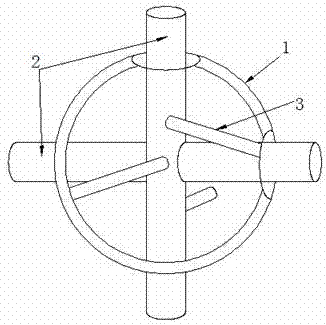Photocatalyst material
A technology of photocatalysts and catalytic materials, applied in the direction of heterogeneous catalyst chemical elements, physical/chemical process catalysts, metal/metal oxide/metal hydroxide catalysts, etc., can solve the problem of not being able to improve processing efficiency, etc. question
- Summary
- Abstract
- Description
- Claims
- Application Information
AI Technical Summary
Problems solved by technology
Method used
Image
Examples
Embodiment 2
[0023] The mass ratio of each component of the catalytic material described in this embodiment is as follows: attapulgite clay: titanium dioxide: titanium tetrachloride: zinc oxide: nano-activated carbon particles: graphene oxide: tungsten oxide: microbial strain is 1:0.3-0.5 :0.3:0.5:0.8-1.0:0.1:0.8-1.0:0.01.
Embodiment 3
[0025] The mass ratio of the components of the catalytic material described in this example is as follows: attapulgite clay: titanium dioxide: titanium tetrachloride: zinc oxide: nano-activated carbon particles: graphene oxide: tungsten oxide: microbial strain is 1: 0.5: 0.3 :0.5:0.8:0.2:1.0:0.01.
PUM
 Login to View More
Login to View More Abstract
Description
Claims
Application Information
 Login to View More
Login to View More - R&D
- Intellectual Property
- Life Sciences
- Materials
- Tech Scout
- Unparalleled Data Quality
- Higher Quality Content
- 60% Fewer Hallucinations
Browse by: Latest US Patents, China's latest patents, Technical Efficacy Thesaurus, Application Domain, Technology Topic, Popular Technical Reports.
© 2025 PatSnap. All rights reserved.Legal|Privacy policy|Modern Slavery Act Transparency Statement|Sitemap|About US| Contact US: help@patsnap.com

